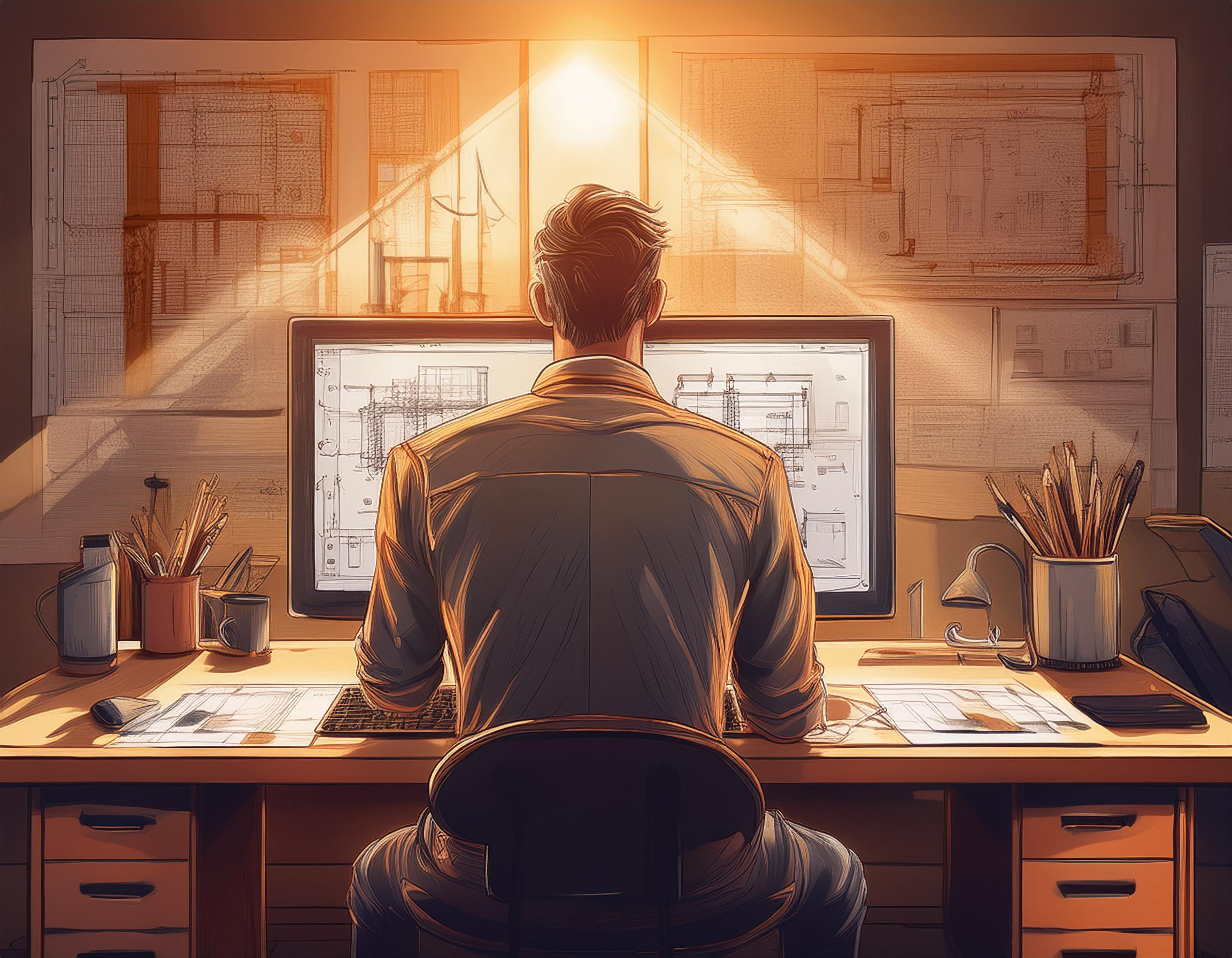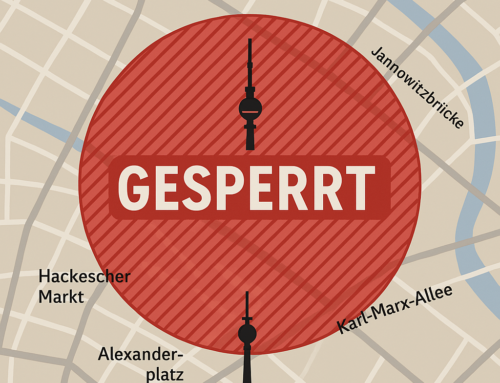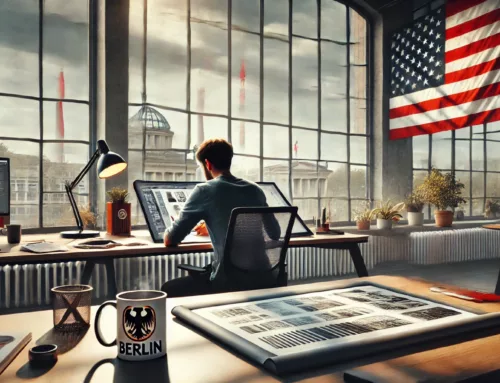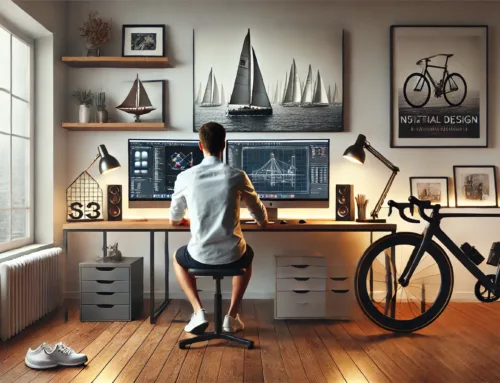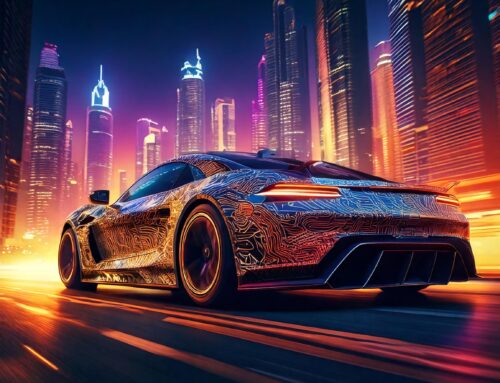Design, whether of products, buildings, graphics or works of art, has always been closely linked to the tools available.
From the first cave paintings to today’s highly complex 3D models, technology has constantly evolved and with it the way we visualize and implement our ideas. The drawing board: a symbol of a bygone era For decades, the drawing board was the centerpiece of every design office.
Pencils, rulers and compasses were used to create meticulously precise technical drawings that served as blueprints for production.
But as indispensable as the drawing board was, it had its limits:
- Time required: Every change, no matter how small, often required a completely new drawing.
- Susceptibility to errors: Human error was unavoidable, especially with complex drawings.
- Limited visualization: Imagination was required to visualize a three-dimensional object from the 2D drawings.
The rise of 3D CAD: a new dimension in design The introduction of computer-aided design (CAD) software ushered in a new era in design.
Suddenly, designers could model, rotate and view their ideas directly on screen in three dimensions.
The advantages were obvious:
- Increased efficiency: changes could be implemented quickly and easily.
- Precision: The software calculated dimensions and angles automatically, minimizing errors and increasing accuracy.
- Improved visualization: 3D models enabled a realistic representation of the end product long before it physically existed.
- Collaboration: Digital models could be easily shared and edited together, facilitating collaboration between design teams.
- 3D printing: from model to product
The development of 3D printing has expanded the possibilities of CAD even further.
What previously only existed as a virtual model can now be converted directly into a physical object.
This opens up completely new possibilities for prototyping, small series production and even individualized products. The future of design: unlimited creativity?
Technology will continue to play a decisive role in design in the future.
Artificial intelligence, virtual reality and augmented reality will continue to change the way we design.
Designers will be able to develop even more complex and innovative solutions, pushing the boundaries of what is possible.
The transition from the drawing board to 3D CAD is just one example of how technology has revolutionized design.
The new tools enable designers to work faster, more precisely and more creatively.
And one thing is certain: the future of design will be even more exciting!
Who remembers when CorelDRAW® was launched as an affordable graphics suite?
(1989!)
Suddenly the door was open for everyone to create reproducible graphics quickly and easily.
Many a skilled graphic designer’s eyes watered and although it wasn’t that far away yet, some would have gladly turned over in their graves in their lifetime at the sight of one or two of the resulting images.
We may be in a similar situation today.
Various AI machines are vying for the favor of art.
Social media platforms are full of tutorials on how to form soap bubbles into letters, turn van Goghs into animations and turn pointillism into 3D models. Everything colorful, everything beautiful, everything – because we can.
Can do – to be more precise. I don’t know who said it: it’s not the tool that creates the product, it’s the person who masters the tool who chisels the milestone.
So let’s all give it a try – at the end of the day, experience, skill and creativity are irreplaceable.



